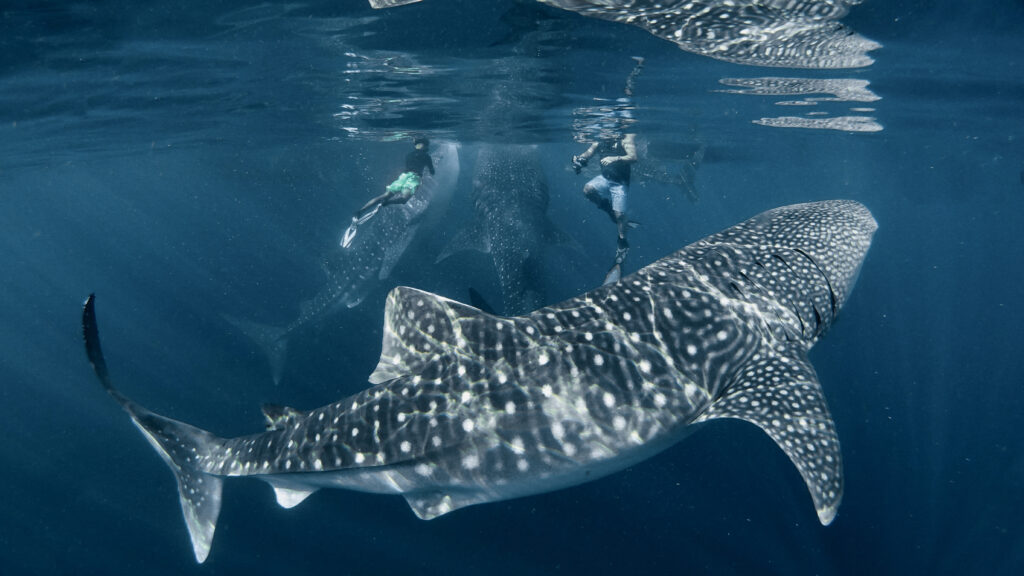If you’re craving a travel experience that blends raw nature, a sense of awe, and a dash of adrenaline, a whale shark trip Sumbawa might just be the kind of unforgettable journey you’re looking for. Imagine floating in turquoise waters, face to face with the ocean’s biggest—but surprisingly gentle—fish. It’s an experience that stuns you into silence… and then makes you want to tell everyone you know.
In this article, we’ll take you through everything you need to know—from what makes Sumbawa special, to why a whale shark encounter here beats any ordinary tropical escape. Spoiler alert: this isn’t your average snorkeling trip.
The Underrated Paradise
Let’s start with the obvious question: why Sumbawa?
Sumbawa, located in Indonesia’s West Nusa Tenggara province, is one of those rare places where tourism hasn’t yet overshadowed authenticity. Often skipped over for the more famous Bali or even Lombok, Sumbawa is a hidden gem with a rugged coastline, dramatic volcanic terrain, and marine ecosystems that remain wild and intact.
Here, the ocean isn’t just a backdrop—it’s a living, breathing spectacle. And every year, these rich waters host something truly magical: the seasonal appearance of whale sharks.
Whale Sharks: Nature’s Gentle Giants
Let’s get one thing straight: despite their name, whale sharks are not whales—they’re fish. But they are the largest fish in the world, sometimes growing as long as a school bus (yes, that’s over 12 meters or 40 feet!).
Yet for all their size, they’re remarkably gentle. They don’t have sharp teeth or aggressive tendencies. Instead, they glide through the sea, filtering plankton and tiny fish with wide-open mouths, completely indifferent to humans swimming alongside them.
When you join a whale shark trip Sumbawa, you’re not just sightseeing. You’re participating in one of the most serene and humbling wildlife experiences on the planet.
The Best Time to Spot Whale Sharks in Sumbawa
Timing is everything when planning your trip. Whale sharks are migratory, which means they aren’t in Sumbawa year-round. Their arrival tends to follow the movement of plankton-rich waters, which vary with ocean currents and temperatures.
When to Go:
- Peak Season: May to September
- Best Visibility: June to August
- Time of Day: Early morning (tours usually start around sunrise for the calmest seas and highest chances of sightings)
During these months, your chances of spotting multiple whale sharks in a single trip are high. That’s also when the ocean is clearest, giving you incredible underwater visibility.
What to Expect on a Whale Shark Trip Sumbawa
Unlike theme parks or zoos, nature doesn’t follow a script. But that unpredictability is part of what makes this trip so thrilling.
Here’s a breakdown of what a typical whale shark trip Sumbawa looks like:
1. Early Morning Start
Most tours start around 5:00–6:00 AM. Yes, it’s early—but watching the sunrise while sailing out to sea is half the magic.
2. Boat Ride to the Spotting Zone
Local guides, many of whom have grown up on these waters, will navigate to feeding grounds where whale sharks have recently been sighted. The boat ride may last 30 to 60 minutes, depending on conditions.
3. The Encounter
Suddenly, you’ll see a giant shadow below the surface—or maybe a fin slicing through the water. It’s time to gear up. You’ll be given a snorkel and mask, and with your heart pounding, you’ll slip into the sea.
Swimming alongside a creature that massive is surreal. You’ll likely forget to even take a photo at first—too captivated by the moment.
4. Additional Snorkeling or Reef Visits
Many tours include an extra stop at a coral reef after the whale shark encounter. It’s a perfect way to wind down and explore more of Sumbawa’s underwater world.
5. Return to Shore + Local Flavors
You’ll return before noon, giving you the rest of the day to relax, reflect, or sample local dishes. Try ikan bakar (grilled fish) or nasi campur (mixed rice) for a delicious, authentic reward after your morning adventure.
Responsible Travel: How to Protect the Whale Sharks
As tourism increases, so does the responsibility to protect the animals we come to see. A good whale shark trip Sumbawa should prioritize the health and safety of the animals. Here’s how you can do your part:
- Keep Your Distance: Stay at least 3 meters away from the whale shark’s body and 4 meters from its tail.
- No Touching: Even a gentle touch can damage the shark’s protective mucus layer.
- No Flash Photography: Use natural light to avoid startling the animals.
- Avoid Feeding: Feeding alters natural behavior and can make the animals dependent on humans.
- Choose Eco-Certified Tour Operators: Support businesses that follow international guidelines for wildlife interaction.
What to Bring on Your Whale Shark Trip
Here’s a quick checklist so you don’t forget the essentials:
✅ Snorkeling gear (most tours provide this, but bring your own if you prefer a perfect fit)
✅ Reef-safe sunscreen
✅ Quick-dry towel
✅ Waterproof camera or GoPro
✅ Dry bag for valuables
✅ Snacks and drinking water
✅ Motion sickness pills (just in case!)
✅ A good attitude and an open heart
Extend Your Trip: What Else to Explore in Sumbawa
Already planning to stay an extra day or two? Smart move. Here are a few suggestions to complete your Sumbawa journey:
- Mount Tambora: Climb the volcano that changed the world in 1815 with the biggest eruption in recorded history. The crater views are spectacular.
- Moyo Island: Just off the coast, Moyo is a protected nature reserve with waterfalls, rare birds, and luxurious eco-resorts.
- Lakey Peak: Surf enthusiasts, this is your playground. World-class waves meet small-town charm in this surfing haven.
- Traditional Villages: Explore Sasak and Samawa cultural sites, learn local weaving, and enjoy traditional hospitality.
Why Whale Shark Trip Sumbawa Deserves a Spot on Your Bucket List
The truth is, you can travel to many beautiful places in the world. But not many offer the rare combination of untouched nature, incredible wildlife, and authentic local culture like Sumbawa does. A whale shark trip Sumbawa is more than just a travel experience—it’s a once-in-a-lifetime encounter with the ocean’s most awe-inspiring resident.
Whether you’re a nature lover, a photographer, a seasoned traveler, or someone simply in need of a deep breath far from the city, this trip will change the way you see the ocean—and maybe even yourself.
So, what are you waiting for? Dive in. The giants are calling.










